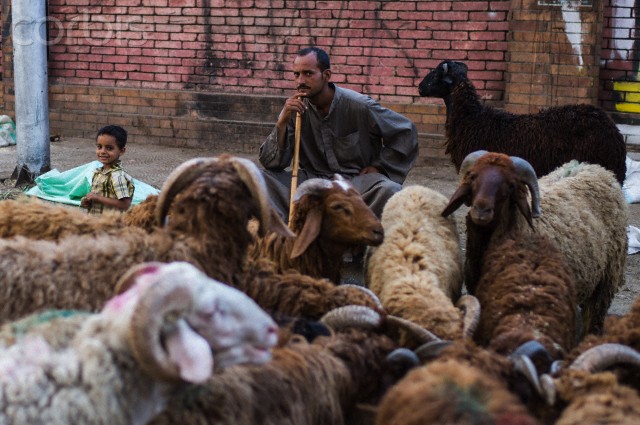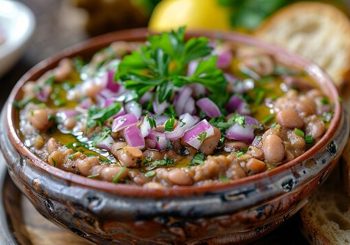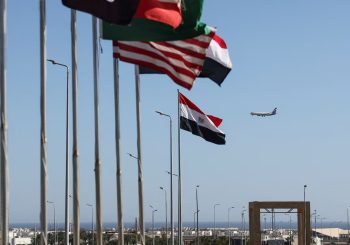By Rana Kamaly, Community Times
With Eid el Adha approaching, many Muslims sacrifice different animals as a form of Aduhia. This annual tradition is practiced in many ways, with some people preferring to perform the ritual themselves, and others opting to donate the money to a charity organization that handles it from A to Z. In all cases, knowing how it’s done and what to look out for is key for all those who practice this tradition.
First of all, contrary to popular belief, slaughtering is a sunna and is not required by everyone, although it is preferable to do it if you have the means. Second of all, animals should not suffer in the process, and there are specific guidelines on what to do before, during and after slaughter. The most well known – which is that one must say “Besmellah” or In the Name of Allah, is just one of many guidelines that one should observe. After all, it is not the animals’ fault that we have to sacrifice them, so the least we can do is try to minimize their suffering in the process.
The below guidelines are provided by religious scholars from Al Azhar.
THE RULES

> Say “Besmellah” before the slaughter
> Make sure that the knife is very sharp
> The animal should not see the knife
> The animal should be facing the Qiblah
> The butcher needs to cut fast and deep into the main arteries so the animal doesn’t feel pain
The above rules are the musts for the meat to be considered halal, and some religious scholars claim that they are sufficient; other scholars argue that the meat is halal only if all the rules are observed (see below).
THE REMAINING RULES
> The caretaker of the animals must make sure they are well fed and that they drink enough water up until they are slaughtered.
> The animals must be in good health; in case an animal is sick, it must make a full recovery before being slaughtered.
> During transportation to the slaughter place, animals should be comfortable and given some time to rest and eat before they are slaughtered. Comfortable transportation means that they shouldn’t be tied and the car shouldn’t be over crowded.
> The animals should at least spend 24 hours in the place they will be slaughtered in before the actual slaughter so they are not in physical or psychological distress.
> The animals should not see other animals being slaughtered.
> Animals must be seated in a comfortable position facing the qiblah.
> After the slaughter, the animal should be left to bleed out before the skin is removed and the head is cut off so that it does not feel the pain.
On a side note: religiously, the ritual of slaughtering can be done anywhere (local laws impose fines on public slaughtering), so, for the sake of the animals and for the sake of your neighbors, avoid performing this ritual sacrifice on the street and opt for a professional butcher instead. The scene of animals being slaughtered everywhere and the smell and sight of blood on the streets is very stressful for some people – not to mention unhygienic. Secondly, there is no need for the butcher to hang and parade the animals; not only is it unnecessary and unsightly, it is also unhealthy as the meat absorbs all the pollution. In many Muslim countries (including Saudi Arabia) there are special places for slaughter that are far from people and pollution.
As you perform this ritual sacrifice, consider the animals and the people you are living with. After all, compassion and consideration for oneself and for others are one of Islam’s most important teachings.







Comments (0)